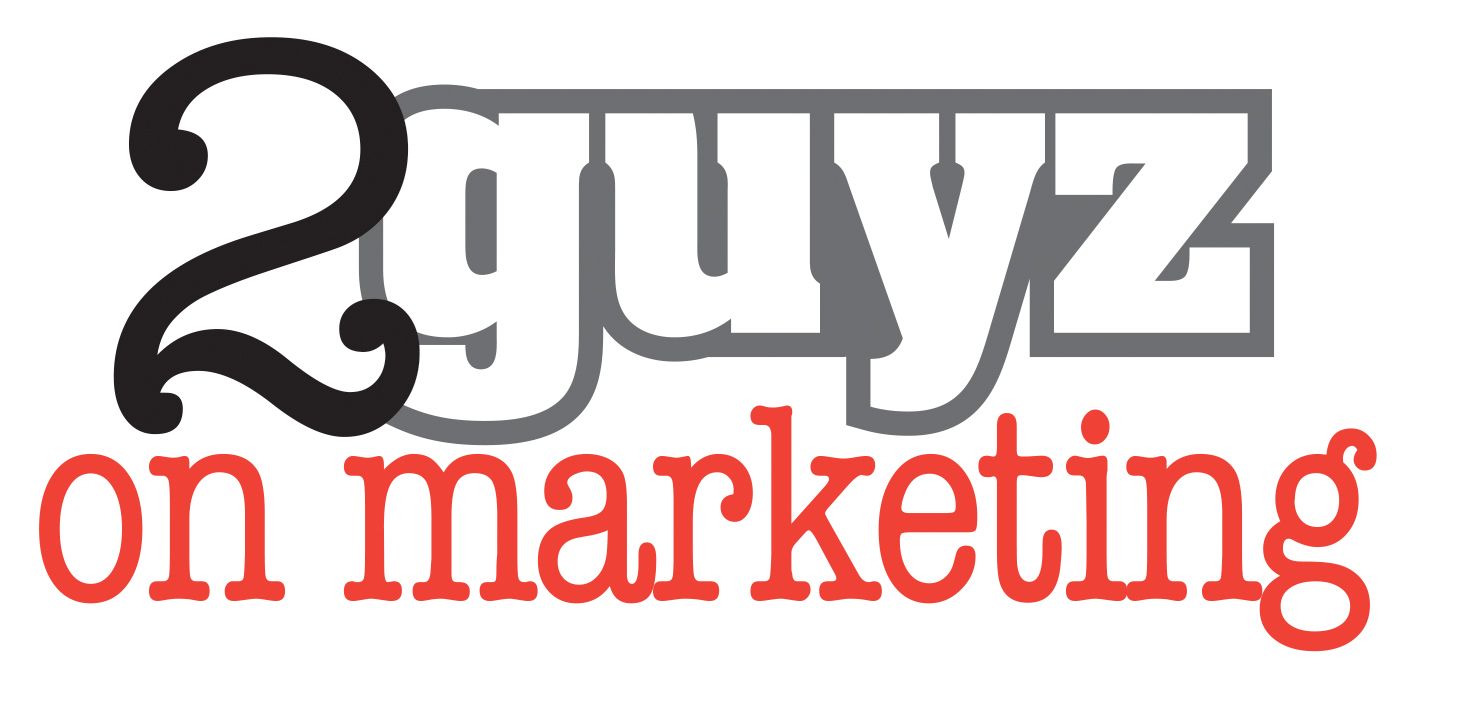The People “P” of Marketing

Do “People” Matter In Marketing? Ah, yeah.
My 2 Guyz on Marketing” partner Brian Hemsworth and I were asking each other “What is the most important first step if you have a new product idea?”
I said “who is going to buy it?” Brian agreed but added, “How good is the idea?”
As one of Londre’s nine P’s of Marketing, it’s named “People,” for prospects, potential purchasers or “target market.”
Whether it’s a new idea or products you are selling in the marketplace today, if you are a marketing professional, business owner, brand manager, client or marketing manager, start by connecting the dots about your potential consumers and actual consumers.
Marketing research has come to the forefront, as organizations are tapping into customer data and consumer insights not only to better connect with their “People,” target markets/audiences, but also to develop the “right,” winning business strategies.
In the classroom or with clients, the Marketing Guyz use the terms “target market,” as a particular group of consumers at which a product or service is aimed. A product focusing on a specific target market contrasts sharply with one following the marketing strategy of mass marketing.
In our analysis and thinking, a “target audience” would be a media term; target market is a marketing term.
Defining a target market requires market segmentation; the process of segmenting the entire market as a whole and separating it into manageable units based on:
- Demographics
- Geographics
- Psychographics
- Behavior
- Technographics or technographical characteristics. Understand your potential consumer. Remember, in the back of your mind, that the reason technology is phenomenal is because it displaces years, or centuries, of previous technology. Consumers may or may not have the skills. Think employees here too. The reason technology skills are transitory is because they will almost certainly be displaced, too.
Segmentation is truly an important Marketing concept. In fact, it’s mission critical.
The market segmentation process includes:
- Targeting these segments in the market based on those characteristics.
- Checking to see whether any of these market segments are large enough to support the organization’s product.
- The concept on segments. They need to be: Measurable; Substantial; Accessible; Differential/Different; Actionable
- Once a target market is chosen, the organization can develop its marketing strategies to target this market.
Here’s a unique example of targeting and reading the data you may have on potential purchasers.
PayPal looked at segmentation and was finding a special segment of their customers who were buying women’s products, men’s products, electronics, haircare products for both sexes, plus dresses, and tuxedoes. It was a multitude of both men’s and women’s products. From research and planning, they found out that their customers (couples/partners/husbands and wives) were using one ID and password. It was two sexes or both sexes, which logged on.
One more example: The 2 Guyz on Marketing like using the letters “KYP,”which refers to “Know Your People.”
We understand, teach and use this concept of “people” two different ways. Two sides of the same coin. Know who your target is and segment the potential buyers, using the different segmentation analysis. But also know your employees. Know their skills and understanding of the company’s marketing objectives, strategies and tactics.
Bottom line: how do the front line employees or the entire company communicate, interact and relate to your “People” or target market—The “people” buying and using your product.? This is a critical first step that cannon be skipped.





